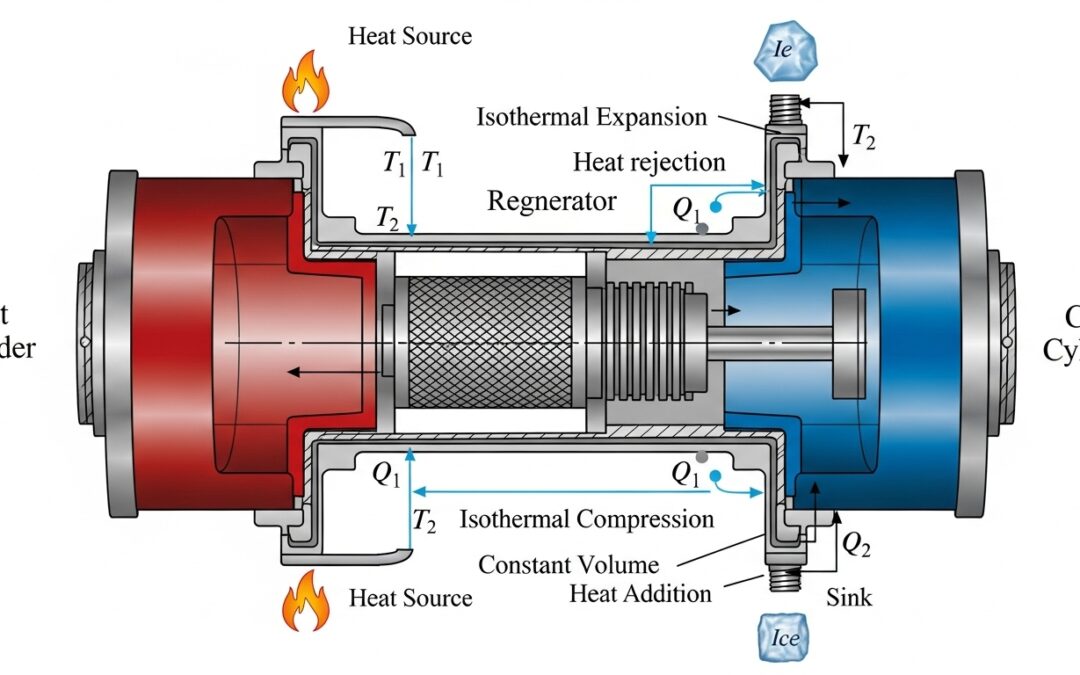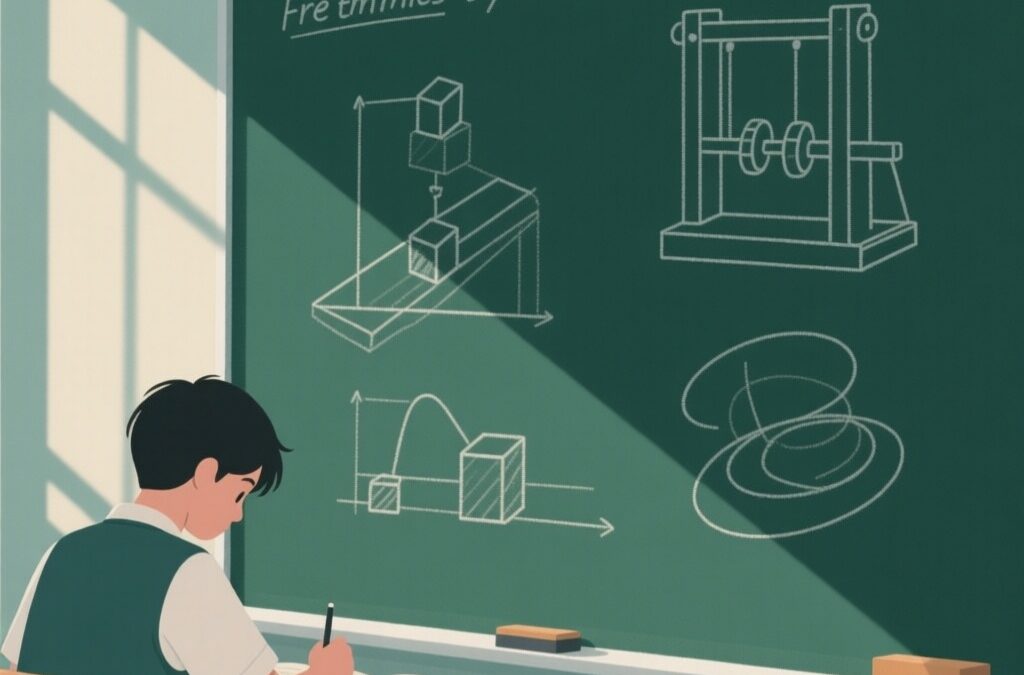The core concept of lens focal spot separation involves understanding how modifying a lens affects its ability to focus light. This analysis is crucial for understanding how optical systems function and how to manipulate light beams effectively. We’ll explore the underlying principles of lens behavior, focusing on how changes to the lens structure impact the focal point. This will deepen our understanding of the core optical principles.
Table of Contents
Read More
Let’s explore the behavior of light as it passes through a modified lens. The concept involves understanding how a lens focuses light and how altering its structure impacts the focal point. This analysis of lens focal spot separation will help elucidate the principles of optics, offering insights into the manipulation of light beams and their convergence points.
Understanding the Problem: Lens Modification
The problem presents a scenario where a convex lens, known for its converging properties, is modified. It’s cut vertically into two halves, and these halves are then separated. This setup alters the path of light rays, potentially leading to multiple focal points. This is a classic example of how the physical structure of an optical element affects its function.
The key challenge is to determine the distance between these focal spots on a screen. The focal length, a fundamental property of the lens, and the separation distance between the lens halves, are key parameters. This analysis gives us a practical understanding of how lens modifications influence image formation and light focusing.
Solving for Focal Spot Separation
Step 1: Basic Lens Properties
A standard convex lens converges parallel light rays to a single focal point. The focal length, denoted by ##f##, is the distance from the lens to this focal point. When the lens is cut and separated, each half still acts as a lens, but the separation introduces a shift in the focal spots. This is the core of the lens focal spot separation analysis.
The separation, ##d##, between the lens halves causes a change in the path of light rays. The light rays will not converge at the original focal point. Each half of the lens will focus light slightly differently due to the separation. The rays will converge at slightly different points, creating two focal spots.
Step 2: Ray Tracing and Geometry
Consider a parallel beam of light incident on the lens. Due to the separation, the light rays will be refracted differently by each half of the lens. This difference in refraction angles causes the focal spots to be displaced from the original focal point. The displacement is directly related to the separation distance, ##d##, and the focal length, ##f##.
Using geometric optics, the displacement can be estimated. The angle of deviation of the light rays will depend on the separation distance. The lens focal spot separation can be found by considering the small angle approximation and the geometry of the setup, accounting for how each half of the lens bends the light.
Step 3: Calculating the Separation
The separation between the focal spots, ##s##, can be determined using the small angle approximation. The angle of deviation for each ray is roughly proportional to ##d/f##. Thus, the displacement of the focal spots on the screen is approximately given by ##s = d##. This is a simplified result that demonstrates the relationship between the lens separation and the focal spot separation.
The final calculation of ##s## relies on the geometry of the setup. The separation between the focal spots is approximately equal to the separation between the lens halves, assuming small angles. Therefore, the separation between the focal spots is simply ##s = d##.
Final Solution
The separation between the two focal spots on the screen is equal to the separation distance, ##d##, between the two halves of the lens. This result is obtained by considering the angular deviation of light rays and using the small angle approximation. The lens focal spot separation is, therefore, directly proportional to the lens separation.
Similar Problems and Quick Solutions
Problem 1: Lens with Different Refractive Index
A lens has a different refractive index. How does this affect the focal length? The focal length changes based on the lensmaker’s equation.
Problem 2: Lens in a Medium
A lens is submerged in a medium with a different refractive index. How does this affect the focal length? The focal length changes, as the relative refractive index changes.
Problem 3: Two Thin Lenses in Contact
Two thin lenses with focal lengths ##f_1## and ##f_2## are in contact. What is the effective focal length? The effective focal length ##f## is given by ##1/f = 1/f_1 + 1/f_2##.
Problem 4: Lens with a Different Curvature
A lens has a different curvature. How does this affect the focal length? The focal length will change according to the lensmaker’s equation.
Problem 5: Lens with Spherical Aberration
A lens suffers from spherical aberration. How does this affect image formation? The image will be blurred, and the focal point will not be a single point.
| Parameter | Description | Effect on Focal Spot |
|---|---|---|
| Focal Length (##f##) | The distance from the lens to the focal point. | Determines the original focal point position. |
| Lens Separation (##d##) | The distance between the two lens halves. | Creates the **lens focal spot separation** and shifts the focal spots. |
| Incident Light | Parallel beam of light. | Forms two distinct focal spots on the screen. |
We also Published
RESOURCES
- Generation of reconfigurable optical traps for microparticles spatial …
- Automatic real-time focus control system for laser processing using …
- Bifocal Fresnel Lens Based on the Polarization-Sensitive …
- Diffractive Multispot Beam splitter – Holo Or | Advanced Optics
- SOLUTION SET Chapter 12 STABLE LASER RESONATORS AND …
- Laser Machining of Sinusoidal Perturbation
- Limits of Resolution: The Rayleigh Criterion | Physics
- Ultra-compact visible chiral spectrometer with meta-lenses | APL …
- Demonstration of nanofocusing by the use of plasmonic lens …
- On old film camera/lenses, there is a circle split in two in the …





0 Comments